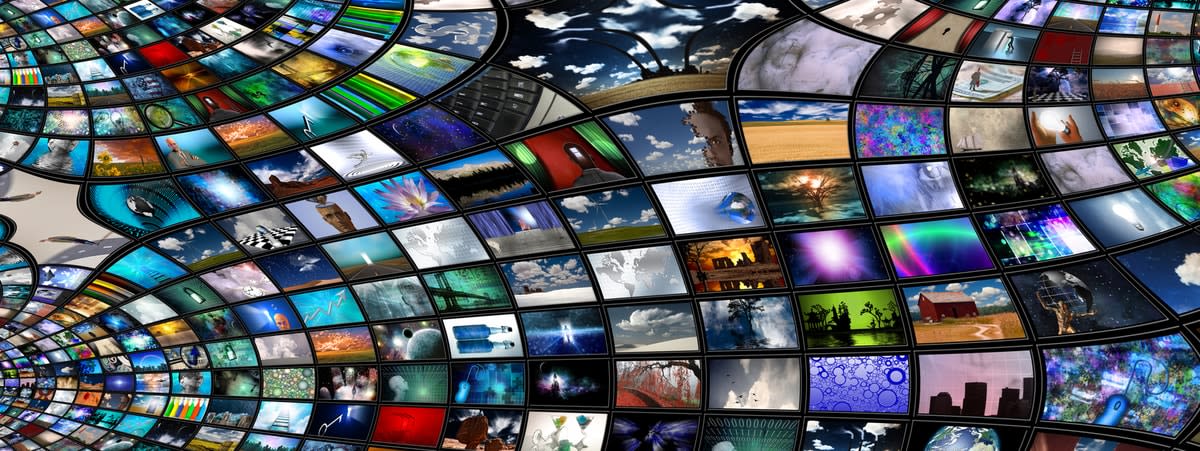Isabelle Levent
@isabellelevent
Isabelle Levent
@isabellelevent
Imagine an art-lover at an exhibition entitled ‘Dots 2008’. He speaks to two artists, each displaying a painting. In both cases, the art-lover cannot see past the seemingly random arrangement of dots of paint. He mentions this to the first artist, who says: “Oh, no, they’re not randomly placed. Each dot represents a friend of mine. The colour of
... See morePoetry and
It becomes a question of who created a certain work of art.
Allen feels the same way. “I believe if you focus on the negative with AI, then that will come true,” he says. “And if we get more people focusing on the good and positivity that we can do with it, then that will come true.”
I think that the language model’s failure to dismiss the class results from a slightly different cause than my student’s failure to dismiss the class with the same utterance. While the student’s failure arises from their lack of authority, the model’s failure results from the fact that it functions more like a citation of language rather than a
... See moreThere are a couple reasons why Wordcraft may have struggled with style and voice... Another reason could have been limitations of the underlying model. LaMDA and other similar language models are trained to be most confident on the kind of text they see most often–typically internet data. However, professional creative writers are usually writing
... See more
Like oil and land, data are a common that is commodified by private actors for profits. The commons being commodified is our essence as humans: our interactions with society at large.